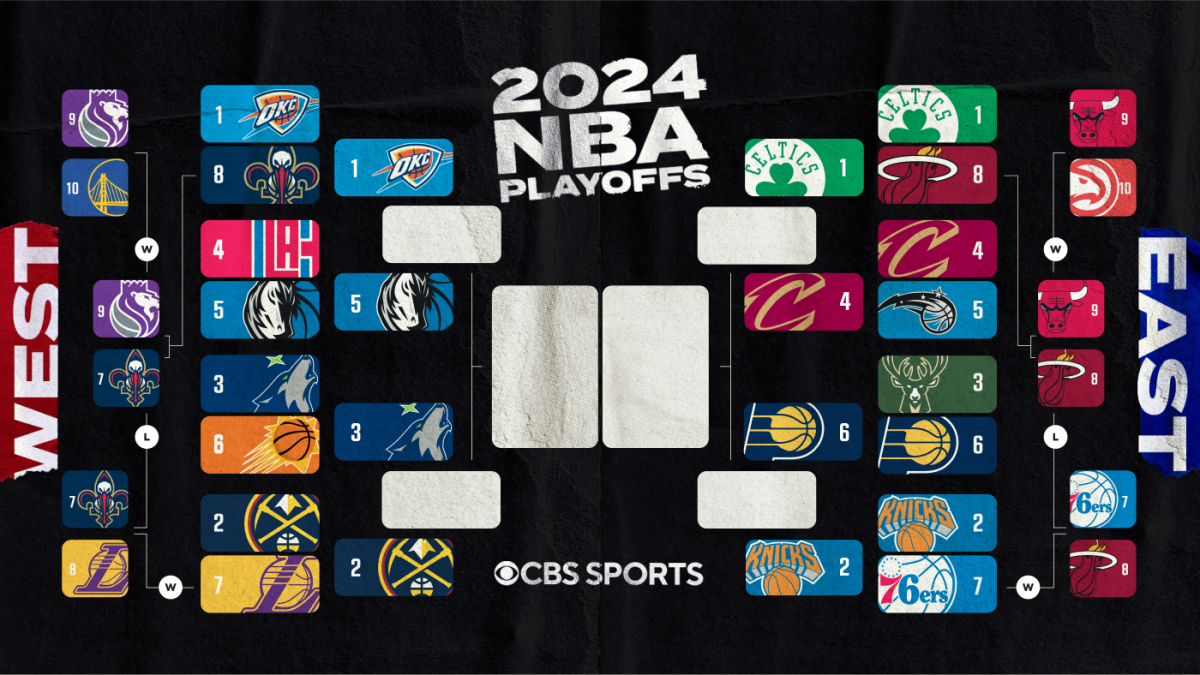The name Derek Jeter is synonymous with outstanding achievement in baseball. Many believe him to be a generational superstar, a shortstop whose skills far surpassed those of any other. He is believed by many to be a surefire first-ballot Hall of Famer and to be among the likes of Willie Mays and Babe Ruth in the upper echelons of baseball talent. However, contrary to popular belief, Derek Jeter was quite an average player.
Hitting is often said to be a strong suit of Derek Jeter. While his hitting was above average, it certainly does not qualify him to be in the Hall of Fame. Weighted Runs Created Plus is an advanced metric used to measure the true value of a hitter by weighing things such as walks, singles, and extra-base hits to find the total amount of runs created and then adjusting that for league and park trends. It is considered by many baseball statisticians to be the most telling stat of a hitter’s complete games, as it does not favor power hitters like OPS nor contact hitters as OBP and BA do. Now that that is cleared up, Jeter’s career wRC+ was a modest 119. That means that he was 19% better than league average, which is respectable, but in no way worthy of the term, “generational talent.” Many other players who are often brushed aside as solid players are greater hitters than Derek Jeter using this stat, such as Carlos Santana, Bryce Harper, Adam Dunn, and Travis Hafner, none of which are in the Hall of Fame today. Similar advanced metrics come to the same conclusion as wRC+. Travis Hafner, for example, has a higher wOBA, OPS+, and OPS than Derek Jeter. An argument that many will make for Jeter’s stats was the sheer total of hits, home runs, and WAR he accumulated over his career. As aforementioned, Jeter was a solid player. He also played for such a lengthy amount of time that he was able to accumulate these stats not by playing exceptionally, but just by the sheer volume of at-bats. If one compares him to the greatest pure hitter of all time, Barry Bonds, Jeter accumulated less WAR and HR in approximately 2000 more at-bats.
Now that the myths relating to the hitting prowess of Jeter have been debunked, it is time to address his fielding. While his hitting was solid, his fielding was simply atrocious. He invented the jump throw and made many iconic plays in the field, but this was due to his lack of range that created the false impression on baseball fans that Jeter could make plays that others could not. Firstly, his career DRS was a whopping -155. This means that if an average defender had been the shortstop for the Yankees then they would have given up 155 fewer runs than they did with Jeter. For a comparison, historically subpar defender Adam Dunn averaged the same amount of DRS per year over his career as Derek Jeter. Echoing the sentiments of DRS, dWAR (defensive wins above replacement) says that Derek Jeter was worth -14.7 wins less than a replacement-level player on defense. To put this number into perspective, Frank Thomas, who is also a liability in the field, had a career dWAR of -7.3. The last common defensive metric used to judge the ability of a fielder is UZR. This stat takes every play into account and calculates the average player’s chances to make a specific play. It then judges each play a player makes based on the average player. Over his career, Jeter’s UZR/150 (UZR per 150 defensive games) was -6.2, and his total UZR was an astronomically bad -66.1. Lastly, the number of championships won by Jeter was in no part due to Jeter’s ability, but instead due to the vast budget of the Yankees and the talent which consistently surrounded him, such as A-Rod and Andy Pettite. In conclusion, Derek Jeter was a player made famous not by his achievements on the baseball field, but by the bright lights of the Big Apple.
-Sam Richardson ’22








